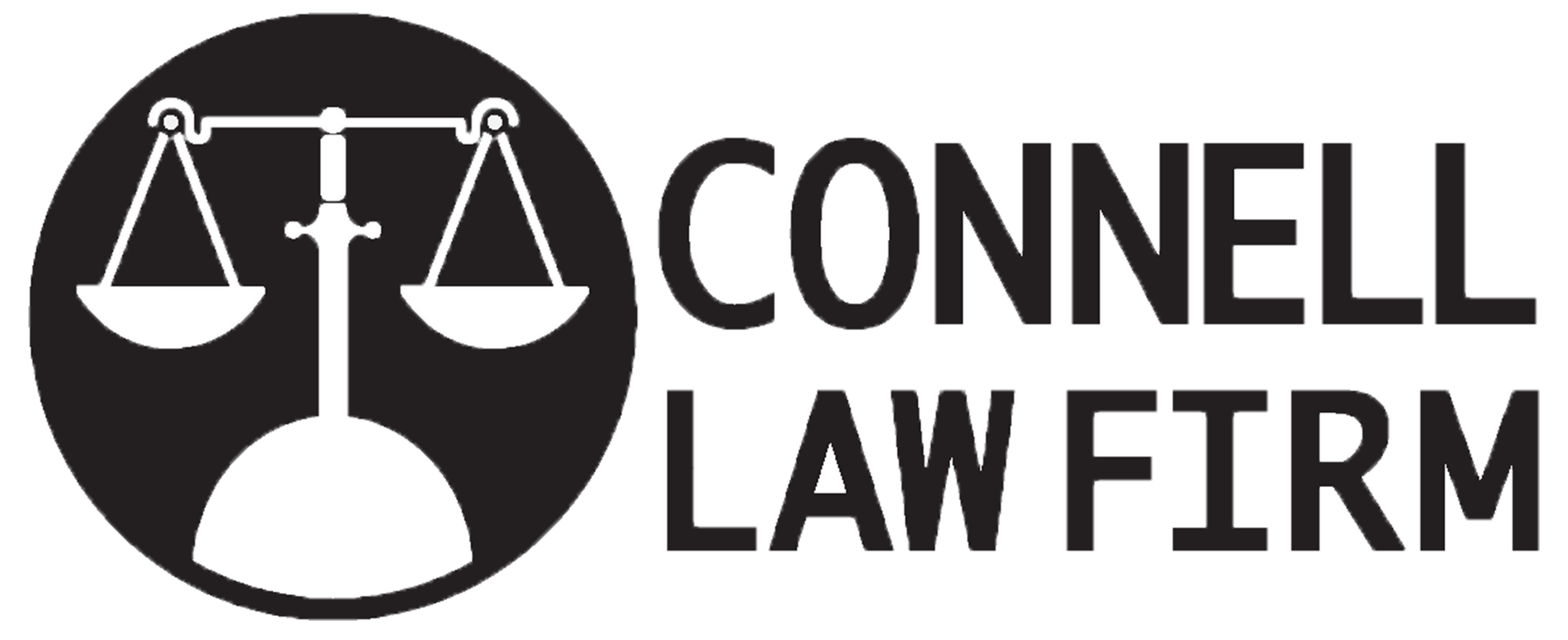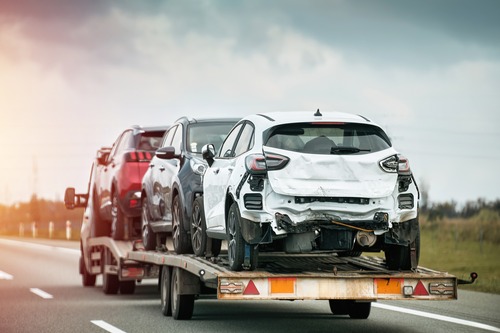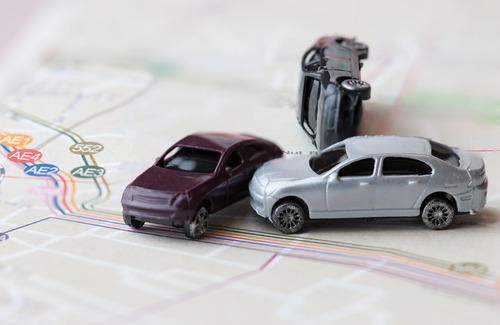At Connell Law Firm, we are a family-run practice serving Lugoff and the surrounding areas since 1993. Our attorneys focus on personal injury and criminal defense cases, representing clients who have been harmed by the negligence of others. We also handle matters involving business litigation, estate planning, and real estate law. Our team is committed to providing competent and passionate legal representation to all of our clients.
Multi-car accidents are some of the most serious and confusing types of collisions on South Carolina roads. When three or more vehicles are involved, questions about fault, insurance coverage, and legal responsibility quickly follow. These accidents often lead to chain reaction crashes, property damage, and serious injuries. Understanding how fault is determined and what steps to take can protect your rights and improve your chances of fair compensation.
In this blog, we explain how fault is determined in a multi-car accident, what legal standards apply in South Carolina, and how working with an experienced Lugoff car accident lawyer can help you protect your rights and pursue fair compensation.
What Constitutes a Multi-Car Accident?
A multi-car accident involves three or more vehicles and often leads to confusion about who is at fault and how liability is shared among the drivers involved.
Definition of a Multi-Car Accident
A multi-car accident, also known as a multi-vehicle collision or chain reaction crash, occurs when three or more vehicles are part of the same incident. These crashes typically start with one vehicle making contact with another, leading to additional impacts as other cars become involved.
Common Types of Multi-Vehicle Accidents
The most common type of multi-vehicle accident is a rear-end collision that causes a chain reaction. One car stops suddenly, and the vehicles behind it cannot react in time. Pile ups, which often happen at high speeds on highways, are another form. These accidents usually involve several cars crashing into each other in rapid succession.
Common Causes of Multi-Car Accidents
Most multi-car crashes are caused by human error, such as distracted driving, speeding, or following too closely. Adverse weather conditions, like heavy rain or fog, also play a role by reducing visibility and road traction. Mechanical issues or poor road conditions may contribute but are less frequent.
Why These Accidents Are Different
Multi-car accidents are more complex than two-car crashes because more drivers and vehicles are involved. Each driver’s actions must be reviewed to determine liability. This often requires police reports, witness statements, and sometimes an accident reconstruction expert to clarify how the accident occurred.
Key Legal Standard in South Carolina: Modified Comparative Negligence
In South Carolina, the modified comparative negligence rule plays a central role in determining fault in a multi-car accident.
What Is Modified Comparative Negligence?
South Carolina follows the modified comparative negligence rule under S.C. Code Ann. § 15-38-15. This law means that a driver can recover damages only if they are less than 51 percent at fault for the accident. If a driver is found to be 51 percent or more responsible, they cannot receive compensation for their injuries or property damage.
How Fault Is Assigned
In a multi-vehicle accident, fault is assigned based on each driver’s actions leading up to and during the crash. Insurance companies, courts, and sometimes accident reconstruction experts look at who caused the initial collision, whether other drivers reacted reasonably, and if any contributed to the chain reaction. Each driver involved in the crash may be assigned a percentage of fault, and compensation is adjusted based on those percentages.
Why Fault Matters in Multi-Car Accidents
In multi-car crashes involving three or more vehicles, the modified comparative negligence rule makes it critical to accurately determine each driver’s level of responsibility. Even small mistakes can affect a driver’s ability to recover damages. If multiple drivers are found partially at fault, the rule helps decide how much each can claim, if anything, from the other drivers or their insurance coverage.
Role of Evidence in Determining Fault
Police reports, witness statements, photos of the accident scene, and vehicle damage are key to determining liability under this rule. Insurance adjusters and car accident lawyers use this evidence to argue fault percentages. When three or more cars are involved, the situation becomes more complex, and strong evidence is essential to support each claim.
Steps in Determining Fault in a Multi-Vehicle Accident
Determining fault in a multi-vehicle accident requires a careful review of facts, evidence, and driver behavior.
Review the Police Report
The police report is one of the first documents used to determine fault. It includes details about the accident scene, statements from drivers and witnesses, and the officer’s observations. In multi-car pile ups, the report may also indicate which vehicle caused the initial collision. Insurance companies and car accident lawyers rely on this document to help assess liability.
Analyze Physical Evidence
Photos of the accident scene, skid marks, damage to each vehicle, and debris patterns help tell the story of how the crash occurred. This evidence is important in chain reaction collisions involving three or more cars. It can show how the impact spread and which vehicle struck first.
Consider Witness and Driver Statements
Statements from drivers involved and third-party witnesses can support or challenge other evidence. In accidents with multiple vehicles, each driver may have a different account. Independent witnesses can offer a more neutral view, especially in rear-end collisions where drivers may dispute who was at fault.
Use Accident Reconstruction if Needed
In serious or disputed multi-car crashes, an accident reconstruction expert may be necessary. These professionals study the damage, vehicle positions, and road conditions to build a timeline. Their findings help determine which driver started the chain reaction and whether other drivers had time to react or avoid the collision.
Examine Weather and Road Conditions
Adverse weather or poor road design may contribute to a multi-vehicle crash. Rain, fog, or ice can cause drivers to lose control and crash into other vehicles. Investigators consider these factors to determine if a driver was going too fast for the conditions or failed to adjust their driving.
Review Insurance and Legal Claims
Insurance companies use all gathered evidence to decide fault percentages and determine how liability insurance pays out. If drivers disagree on fault, a car accident attorney may need to get involved to help settle the claim or file a lawsuit. Accurate fault assessment is critical in multi-vehicle accident claims involving serious injuries or property damage.
When to Contact a Car Accident Lawyer
Knowing when to contact a car accident lawyer can make the difference in how much compensation you recover after a multi-car accident.
After a Multi-Vehicle Collision with Serious Injuries
If you were involved in a multi-vehicle crash that caused serious injuries or totaled your vehicle, speak with a car accident attorney as soon as possible. Medical bills, lost income, and property damage can add up quickly. In accidents with three or more vehicles, insurance companies may try to shift blame. An attorney helps protect your rights and ensures your side of the story is heard.
When Fault Is Unclear or Disputed
In a multi-car pile up or chain reaction crash, drivers often give conflicting accounts. Insurance adjusters may use these differences to reduce payouts or deny claims. If fault is being unfairly placed on you, or if the other drivers are blaming each other, we recommend contacting a lawyer to investigate and present the facts. We work with accident reconstruction experts and review all available evidence to establish fault and support your claim.
If Multiple Insurance Companies Are Involved
Multi-vehicle accidents usually involve several drivers and multiple insurance policies. Each company may have its own version of events and coverage limits. If you are getting calls from different adjusters or receiving low settlement offers, a car accident lawyer can manage these communications and fight for fair compensation. At Connell Law Firm, we handle all negotiations so you can focus on recovery.
When You Need Help Understanding Your Rights
South Carolina’s modified comparative negligence law limits your ability to collect damages if you are found mostly at fault. Understanding how this rule applies to your case can be confusing without legal guidance. We explain your rights clearly and help you make informed decisions. If you are unsure whether you have a case or if the insurance company is treating you fairly, call us for a free consultation.
Why Choose Connell Law Firm
At Connell Law Firm, we represent injured people across South Carolina. We serve clients who have been hurt in multi-car accidents, rear-end collisions, and other serious crashes. We focus on getting results and making sure our clients receive the compensation they deserve. If you were in a multi-vehicle accident and need legal help, reach out to us today. We are ready to listen and take action on your behalf.
Contact an Experienced Lugoff Car Accident Attorney Today!
If you’ve been injured in a multi-car accident, don’t try to handle the legal process alone. These cases often involve multiple drivers, disputed fault, and insurance companies working to minimize payouts. Our team at Connell Law Firm understands how to build strong cases under South Carolina’s modified comparative negligence law and will work to hold the right parties accountable.
Contact us at [phone] for a free case consultation!




